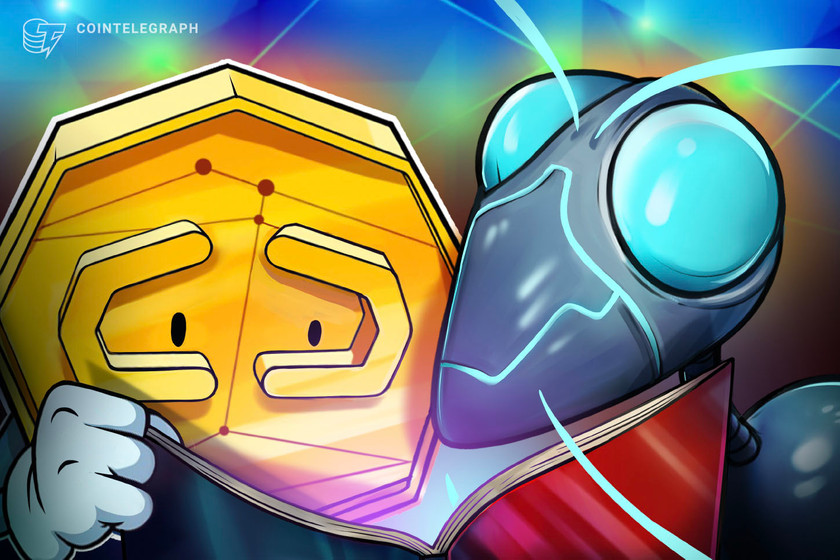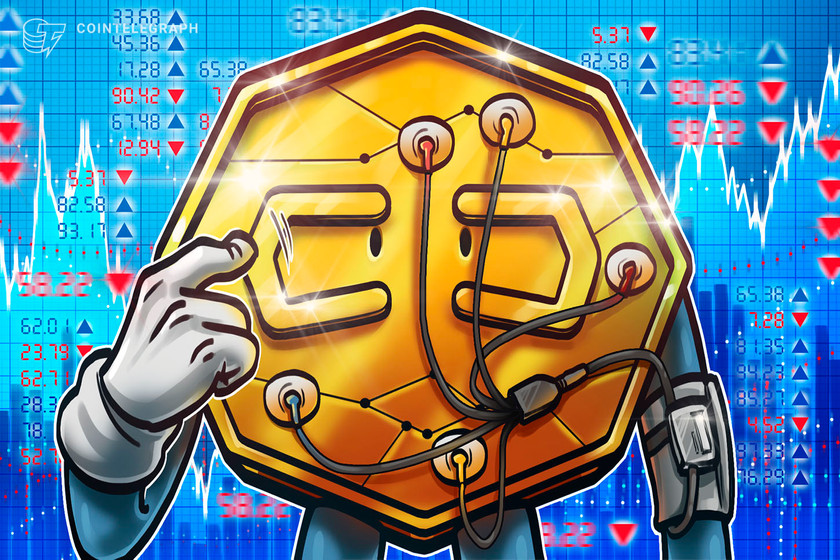Breaking: Interpol ‘Red Notice’ issued for Do Kwon — South Korea prosecutors


The Terraform Labs co-founder faces charges in South Korea relating to the crash of the Terra ecosystems’ cryptocurrencies.
Interpol has reportedly issued a “Red Notice” to law enforcement worldwide for the arrest of Terraform Labs co-founder Do Kwon.
South Korean prosecutors in Seoul on Monday told Bloomberg the international policing organization issued the notice in response to charges Kwon faces in South Korea related to the collapse of the Terra ecosystem.
The news comes only a week after South Korean prosecutors reportedly asked Interpol to issue a “Red Notice” for Kwon on Sept. 19.
A Red notice is a “request to law enforcement worldwide to locate and provisionally arrest a person pending extradition, surrender, or similar legal action” according to the Interpol website.
It also comes less than two weeks after South Korean authorities issued an arrest warrant for Kwon and five other associates for alleged violations of the country’s capital markets laws.
Kwon was previously believed to have been residing in Singapore, but local authorities said on Sept. 17 he wasn’t in the country, with Kwon saying hours later he wasn’t “on the run,” though he didn’t reveal his location.
Related: South Korea issues arrest warrant for Terra founder Do Kwon
The Terra ecosystem Kwon co-founded crashed after its algorithmic stablecoin TerraUSD (UST) (now TerraUSD Classic (USTC) lost its United States dollar peg in May, causing billions of dollars worth of liquidations across the cryptocurrency market.






















